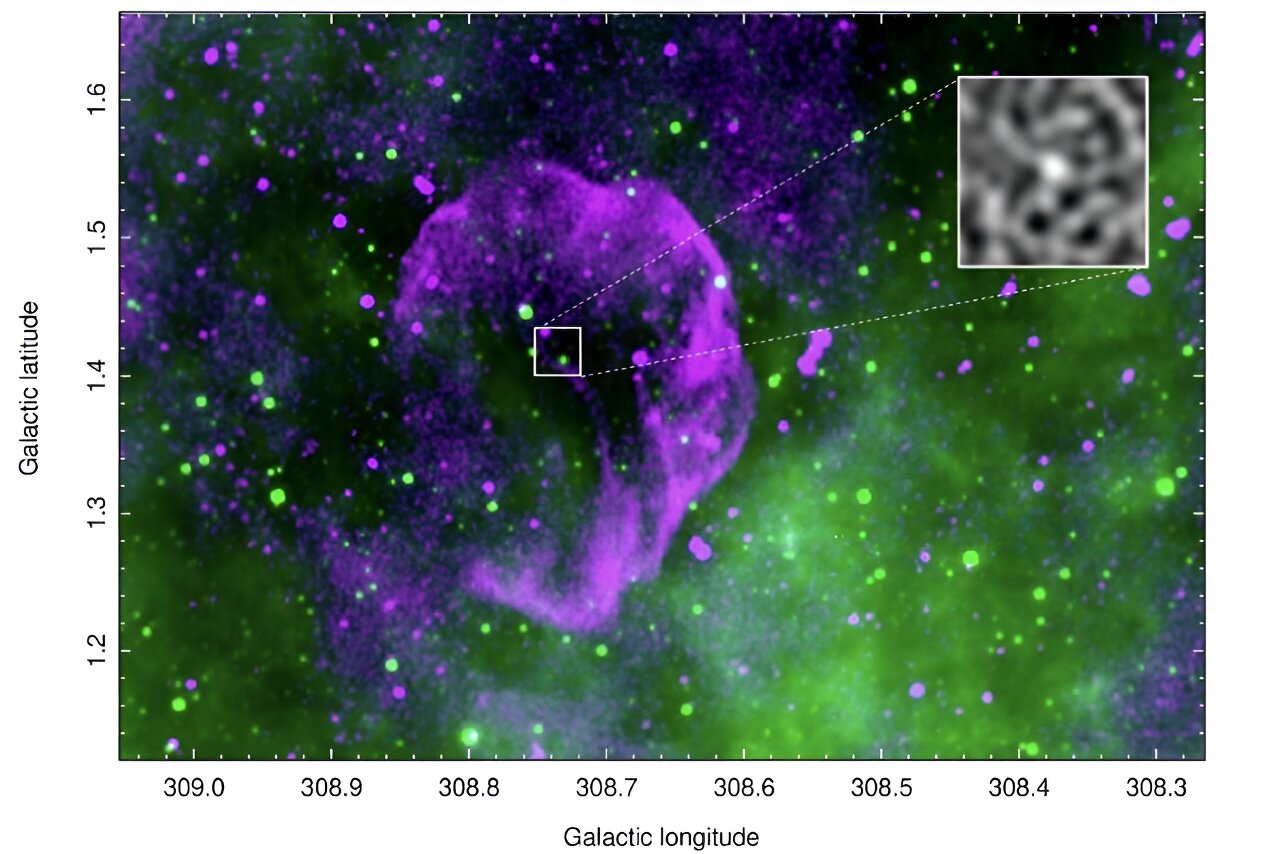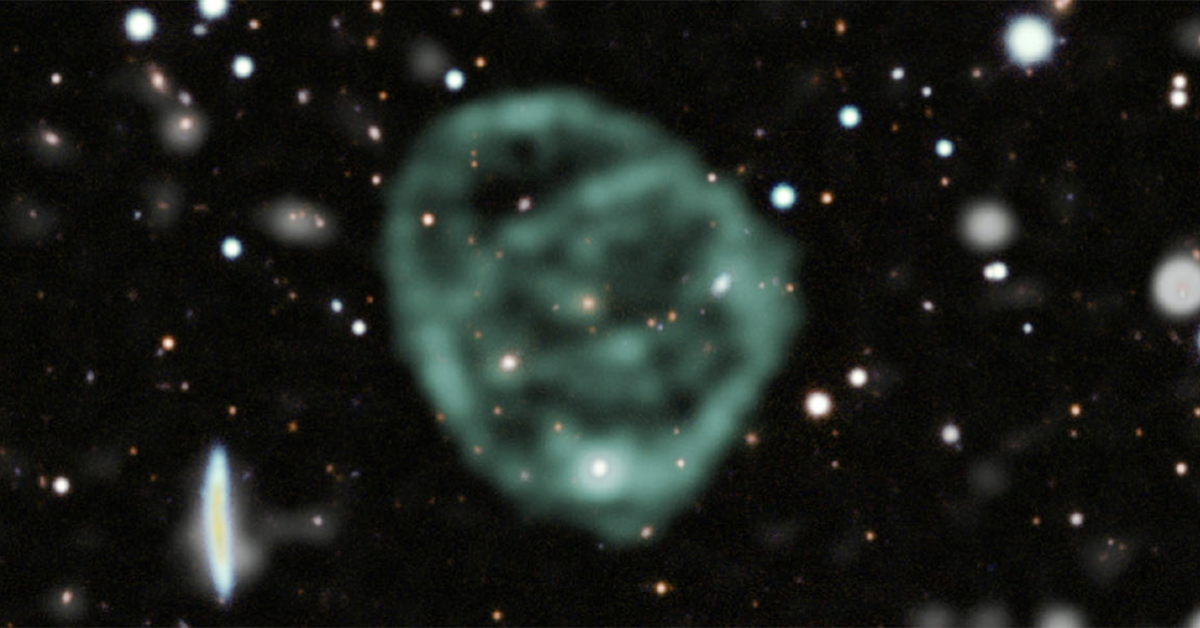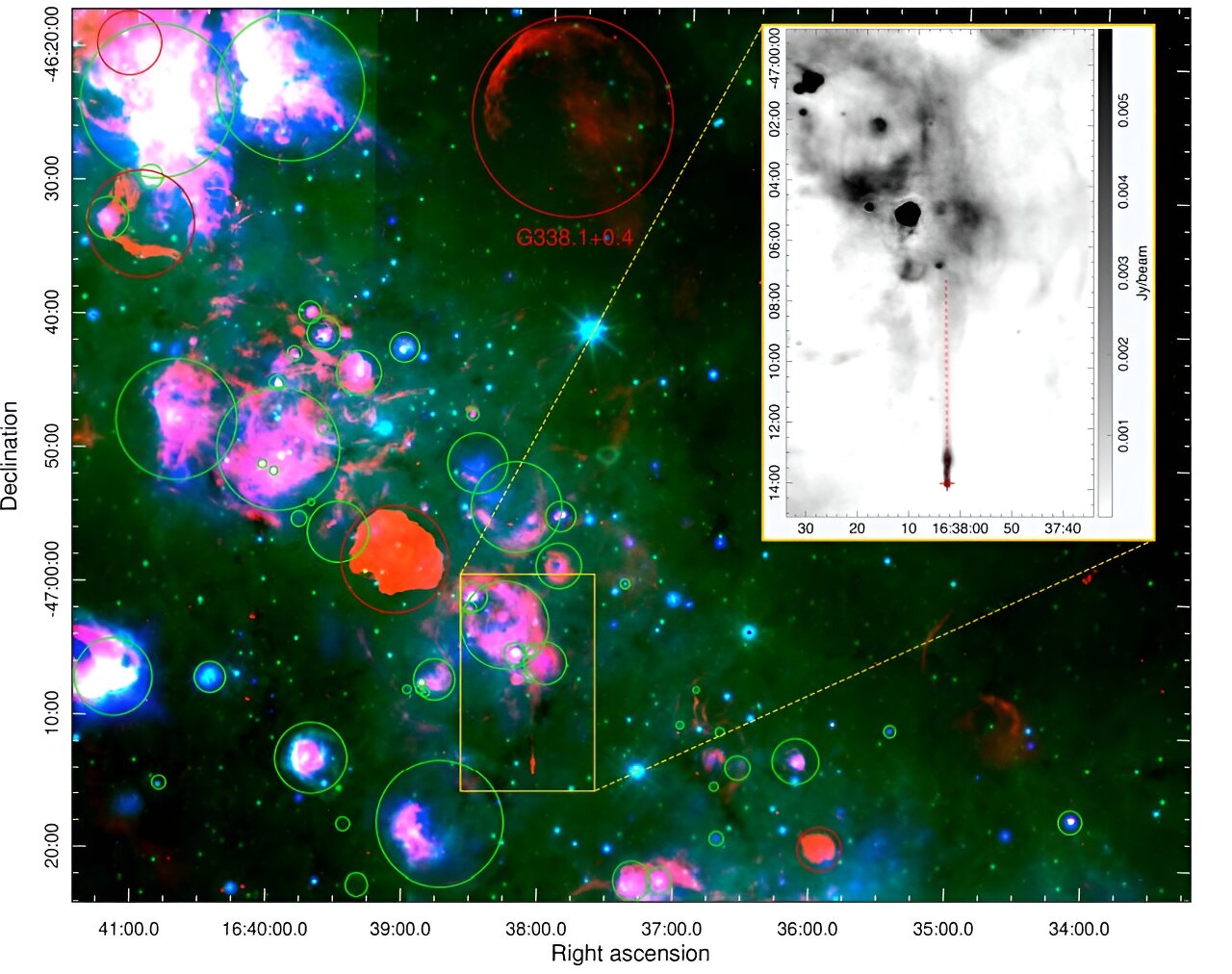
Astronomers from the Western Sydney University in Australia and elsewhere report the detection of a new supernova remnant (SNR) candidate. The newfound SNR candidate, dubbed “Raspberry” due to its morphology, was identified in the near side of the Milky Way’s Scutum-Centaurus Arm. The findings were detailed in the Research Notes of the American Astronomical Society.
...Read More








Recent Comments